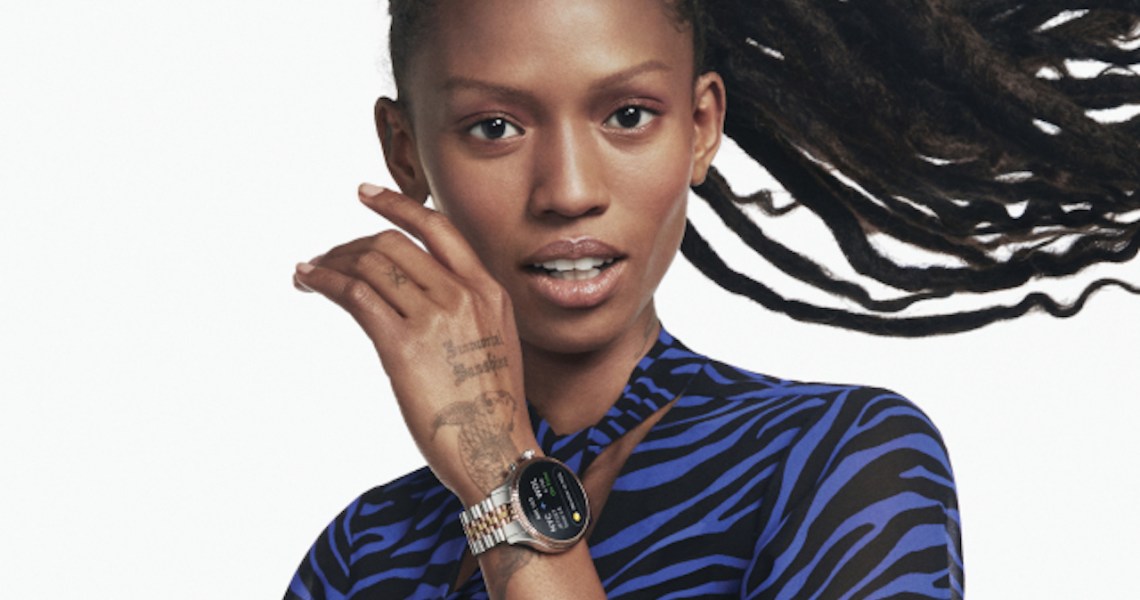Like many fashion brands, Steve Madden has spent the past few months looking for ways to improve diversity and inclusion within the company, particularly when it comes to recruitment. While the brand typically recruits through job boards like Indeed and LinkedIn, as well as referrals from current employees, starting this fall Steve Madden will be one of the launch partners for a new a recruiting program for college students entering the fashion and beauty industries.
Launching on Thursday, the Hive Diversity app has attracted a fair number of big names in the fashion industry. In addition to Steve Madden, Jimmy Choo, Versace, Michael Kors and Saks Fifth Avenue are all launch partners, along with students from more than 220 universities across the U.S. The idea of Hive Diversity is to give those brands access to a high-quality pool of diverse young candidates, especially young people who might not otherwise have the access or opportunity to work with a high-end fashion brand.
Liz Rodbell, group president of Steve Madden, said that previous efforts to recruit more diversely have come with mixed results, citing the difficulty of finding the right platforms.
“In the digital age, we have access to a lot of information, but it’s difficult to filter the information and find what you’re looking for,” Rodbell said. She said the brand has used various recruitment platforms in the past, but none offered the results the team was looking for.
“This problem is especially pervasive when recruiting, but Hive Diversity is providing a single space for Steve Madden to connect with outstanding students with diverse perspectives that are genuinely passionate about the work our company is doing,” she said. “For us, this kind of partnership is absolutely invaluable.”
The platform is structured as a mobile app where students can upload information about themselves, including where they go to school, what they study and what work experience they have, as well as writing samples. Students then complete five simple levels of educational courses (made up videos, text and quizzes) about how to find a job and prepare for a job interview, among other career advice. Once finished, the students’ profiles are added to a pool of candidates. Those students can follow companies (which have their own profiles on the platform) and pursue open opportunities at which point the brands can start engaging with them.
The platform will be marketed to college students by engaging with student leaders at the schools, as well as by the brands through targeted social ads. The idea is that brands can find diverse new talent while also gathering data on where they need to focus their recruitment. Hive Diversity charges brands an annual fee to be a part of the platform that varies based on the size of the company and the industry, though Hive declined to share specific costs.
Ad position: web_incontent_pos1
“A brand like Versace can see all the aggregate demographic data on who is most interested in them,” said Byron Slosar, founder of Hive Diversity.
Despite fashion’s recent efforts to be more diverse, it’s got a long way to go. In March, Fashion Spot released data from NYFW showing that diversity on the runway had dropped by 3% from the year before. The Black Lives Matter protests this past summer coincided with a high number of fashion brands and publications seeing public criticism from employees of color for empty public statements of support.
Data on diversity in fashion is scattered and mostly focused on models, but the data that is available is stark. Black people made up only 9% of the student body at FIT last year and have a lower graduation rate than white students. A CFDA survey from earlier this year found that 62% of employees at fashion brands rated their employer as only a three out of five on its commitment to diversity.
Recruitment has been a major area of focus for fashion brands looking to remedy these problems. The CFDA launched its own diversity-focused employment program in June meant to help brands connect with talented young people of color looking for an entry into the fashion industry.
For Slosar, who has worked in recruiting for 15 years, helping fashion brands become more diverse is a two-pronged challenge. Brands need help finding a diverse pool of talent to pull from, and those potential candidates need to be prepared for these opportunities and to recognize that they exist.
Ad position: web_incontent_pos2
“It’s about not just letting the students know these options are available to them, but preparing them for those careers as well,” Slosar said. “And the students are in control. We don’t show the brands anything that the student didn’t share with us explicitly. That’s also a way the students can show commitment and interest. It’s never too early to start talking about diversity. We want to connect diverse students with companies who will support them in their careers.”




